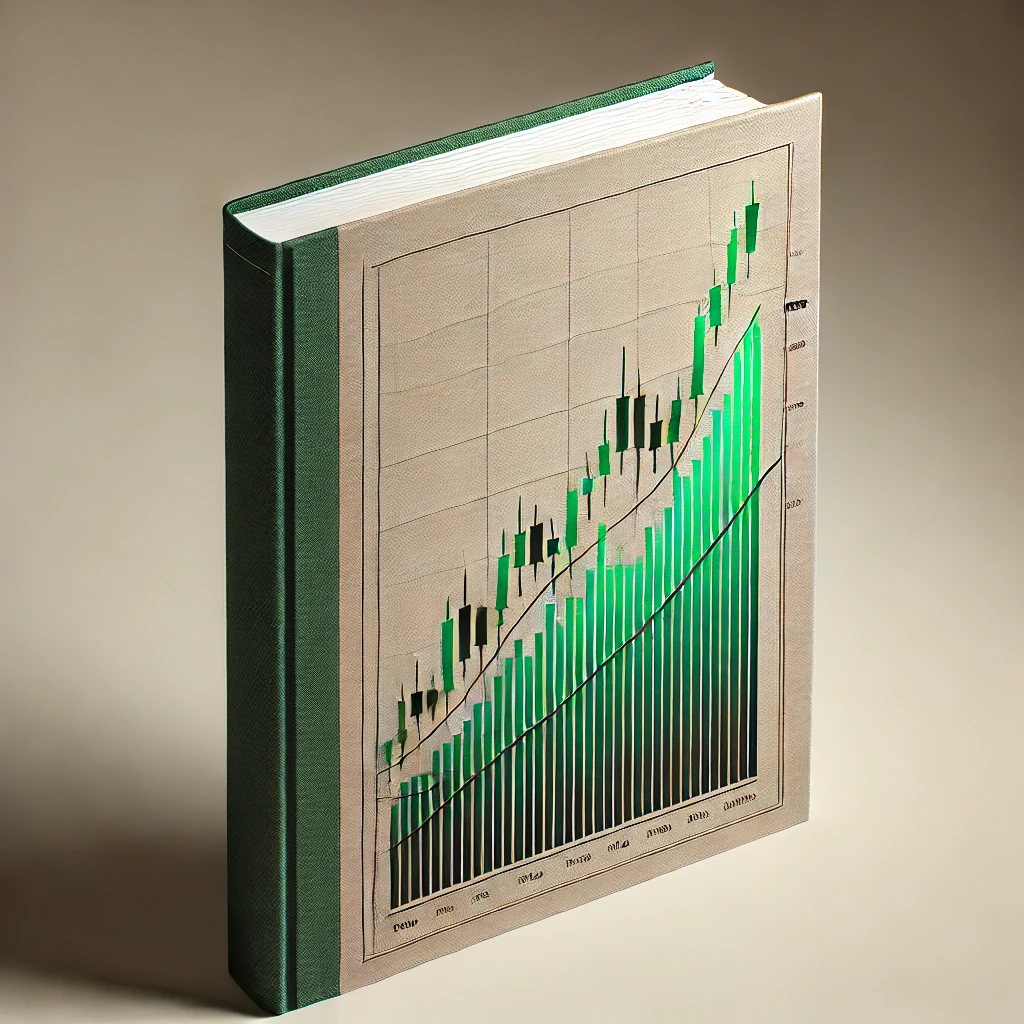Understanding how your investments grow can feel like a puzzle, but the Rule of 72 offers a simple and effective solution. This handy formula helps you estimate how long it will take for your money to double based on a fixed annual rate of return. Whether you’re a seasoned investor or just starting your financial journey, grasping this rule can empower you to make informed decisions and set realistic goals. Let’s dive into what the Rule of 72 is and how it can work for you!
1. What is the Rule of 72?
The Rule of 72 is a straightforward formula that helps investors estimate how long it will take for an investment to double. By simply dividing 72 by the annual rate of return, you can quickly get an idea of the time needed for your money to grow. For example, if you have an investment that earns an 8% return, you can expect it to double in about nine years (72 divided by 8). This rule is not only easy to use but also serves as a powerful tool for making informed financial decisions. With roots that stretch back centuries, the Rule of 72 remains relevant today for anyone looking to grow their wealth effectively.
2. Benefits of Using the Rule of 72
Utilizing the Rule of 72 comes with several advantages that can empower your investment strategy. Firstly, it offers a quick and easy method to estimate how long it will take for your money to double, allowing for swift decision-making without the need for complicated calculations. This simplicity enhances your financial literacy, enabling you to make more informed choices about where to invest your money.
Additionally, the Rule of 72 can help you understand the impact of various interest rates on your investments, making it a valuable tool for planning and setting realistic financial goals. By grasping this concept, you can better navigate the investment landscape and align your strategies with your long-term financial aspirations.
3. Additional Examples and Calculations
To illustrate the Rule of 72 further, let’s look at some practical calculations. If you invest in a fund with an 8% annual return, divide 72 by 8 to find that your investment will double in about nine years. Similarly, for a 12% return, your money will take roughly six years to double (72 ÷ 12). These quick calculations can provide valuable insights as you assess different investment opportunities and decide where to allocate your funds.
401(k) and the Rule of 72:
The Rule of 72 can be incredibly useful when planning for retirement, as it helps illustrate how many times your investment can double over the long term. For example, let’s consider Tom, who is 30 years old and has a retirement fund of $100,000. He plans to invest it in a product with a 9% return and retire at 62.
Using the Rule of 72, we find that his investment will double approximately every eight years. So, in eight years, his initial $100,000 will grow to $200,000. After another eight years, it will double again to $400,000. By the time Tom reaches retirement at 62, his investment will have doubled four times, resulting in a substantial $1.6 million. This demonstrates the powerful potential of the Rule of 72 in retirement planning.
It’s important to note that the Rule of 72 is different from IRS Rule 72(t), which outlines how to make early withdrawals from a 401(k) without penalties.
Final Thoughts
The Rule of 72 is a powerful yet simple tool that can enhance your understanding of investment growth. By estimating how long it will take for your money to double, it empowers you to make informed financial decisions. Whether you’re planning for retirement or considering investment options, this rule offers quick insights that can shape your financial future. Embrace this handy formula, and watch as it guides you on your journey to financial growth and success!



